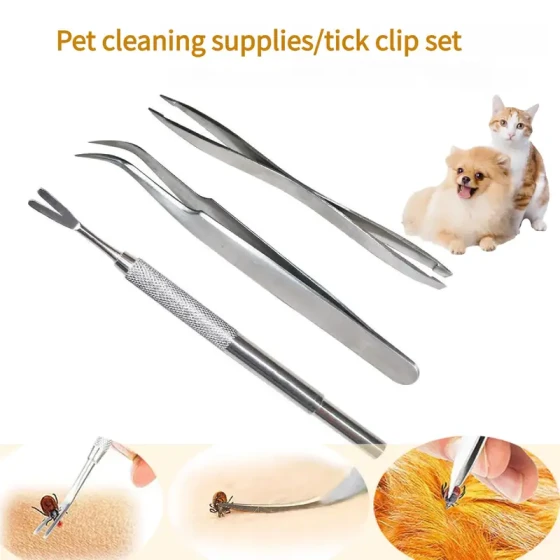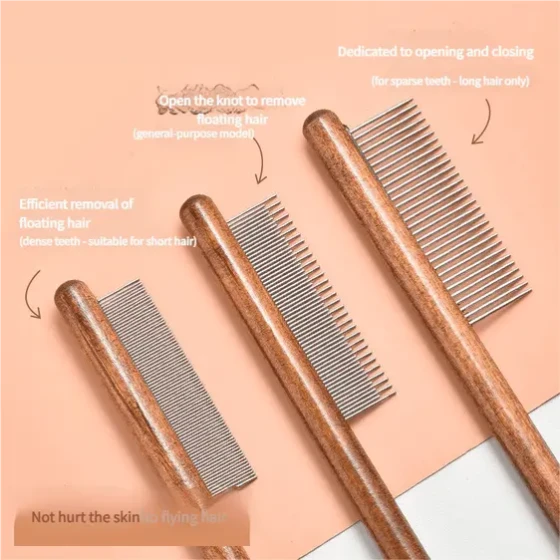Three Types of Skin Diseases Kittens Need to Prevent

Kittens
For newly purchased kittens that are lively and cute with fluffy fur, it is difficult for you to determine whether they have dermatitis. But when it breaks out, you will only regret not acting sooner and blame your bad luck. The earlier dermatitis is discovered, the easier it is to control, especially for kittens. Never wait until their whole body is covered with dandruff, redness, swelling, or hair loss before seeking medical help. Today, we will introduce some common dermatitis in kittens.
1. Scabies
This is a type of scabies mite that first infests the ears, then erupts on the head, and finally spreads to the whole body. When this mite consumes the animal’s skin debris tissues, it causes intense itching. So when you find your kitten constantly scratching its ears and shaking its head, pay attention. If there are already scabs, ulcers, or pustules, please don't "wait and see" any longer—take your kitten to the hospital for treatment immediately!
2. Flea Allergy Dermatitis
As the name implies, this is caused by flea bites, where red papules appear at the wound site. The cat scratches because of itching, resulting in wounds that sometimes become complicated by fungal or bacterial infections, making the lesion area gradually enlarge.
3. Ringworm
Cats under one year old are very prone to ringworm. This is a special type of fungus, with typical symptoms being hair loss in irregular circular areas mixed with scaly patches and scabs. Sometimes allergic papules also appear. Because ringworm is highly infectious and zoonotic, once found, treatment and control should be implemented promptly.
If your kitten unfortunately has a skin disease, related items should be thoroughly disinfected. Wiping or spraying surfaces with 0.5% bleach solution, combined with sun exposure for 5 to 6 hours a day for a week, will yield better results. Ideally, continue sun exposure until the kitten is fully healed. Since fungi can survive as spores, even after effective treatment, items should be disinfected continuously for about one week to ten days to avoid recurrence. Otherwise, residual fungal spores can survive dormant for 3 to 4 years, which is quite scary!



